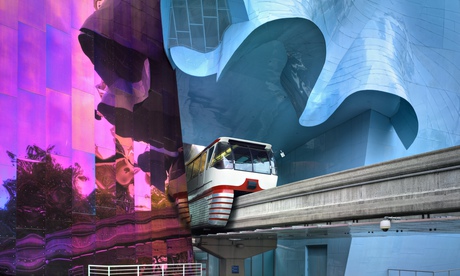My recent, first trip to London presented me with two surprises: the reach, convenience, and frequency of the tube, and the volume of Londoners’ complaints about the reach, convenience, and frequency of the tube.
English friends had explained to me, not without pride, the importance of grumbling to the national character, but I still want to stress to every Londoner I meet that — take it from a visiting Los Angeleno — the tube exists, and that counts as no trifling achievement. Beyond that, and like every other means of urban transport system around the world, it tells you nearly everything you need to know about the city it serves.
If you wish to understand London or any place else, look no further than how people move through it. This goes not just for subways, but overground trains, buses, cycleways, rickshaws, and every mobility solution in between. You can learn a great deal from robust transport systems, and even more from underdeveloped ones.
This line of thinking never occurred to me in my years growing up just outside Seattle, a city which I frequented but never gave much thought. Seattle’s “retro-futuristic” image has, for the past half century, rested in large part on a pair of structures built for its 1962 World’s Fair: the globally recognisable Space Needle, and the lesser-known but still sadly evocative monorail. While neither offer much of everyday value to the locals, the monorail – which takes the form but, in running back and forth on only a mile of track, not the function of a dedicated public transit system – stands as a reminder of the city’s many frustrated attempts at complete urbanisation. Proposals for a useful monorail network have risen and fallen over the years; the first light rail line there opened only in 2009.
Read the whole thing at The Guardian.

Post a Comment